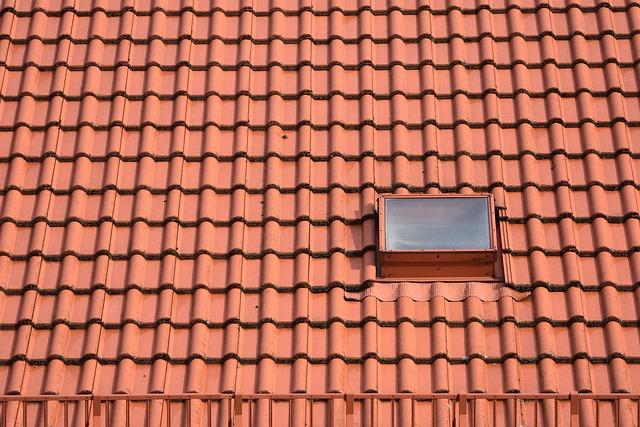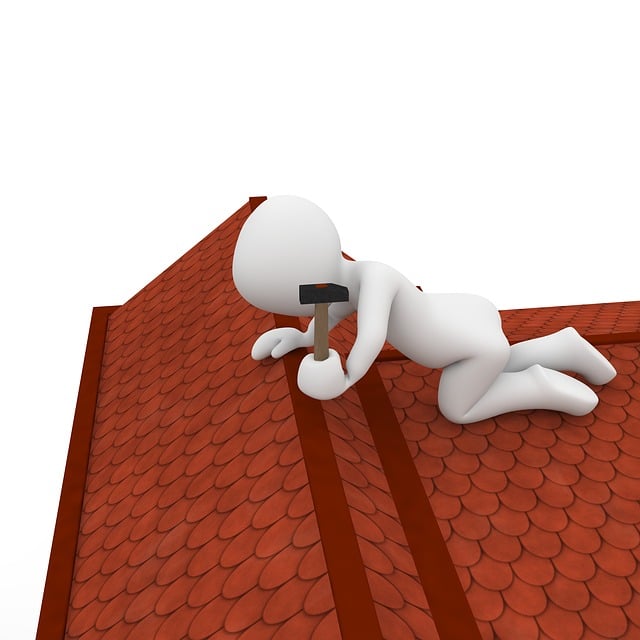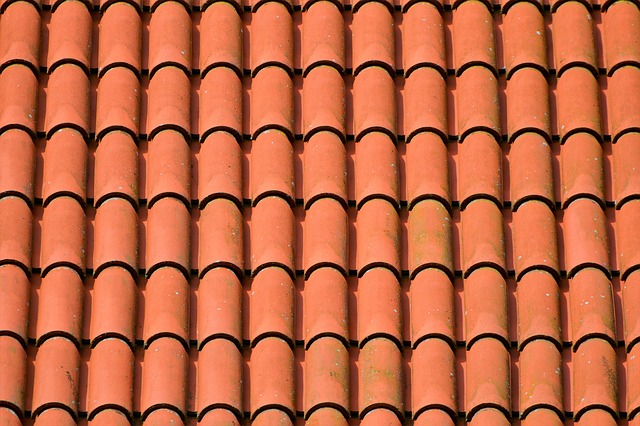Austin homeowners face unique roof damage challenges from strong sunlight, winds, and temperature fluctuations, leading to common issues like cracked shingles, corroded flashings, and blocked vents. Austin roof repair is vital for preventing water intrusion, protecting structural integrity, and ensuring a safe living space. Key aspects include proper flashing replacement, using roofing cement or caulk, and maintaining adequate ventilation to prevent mold growth and wood rot. Regular vent inspection and cleaning are essential for optimal airflow, thus extending the lifespan of Austin's roofs. Timely attention to these needs is crucial to protect against increased repair costs and damage.
In Austin, proper roof maintenance is essential for any property owner. Roofs are subjected to various elements, leading to common damage like torn shingles, faulty flashing, and blocked vents. This comprehensive guide delves into these issues, offering a step-by-step approach to repairs and replacements for shingles, flashing, and vents. Understanding these components’ crucial roles in waterproofing is key, ensuring your Austin roof remains robust and secure against the elements.
- Understanding Common Roof Damage: Shingles, Flashing, and Vents
- Assess and Repair Damaged Shingles: Step-by-Step Guide
- The Role of Flashing in Waterproofing and How to Replace It
- Vent Maintenance: Ensuring Proper Airflow for Roof Health
Understanding Common Roof Damage: Shingles, Flashing, and Vents

Roof damage can be a common issue for many Austin homeowners, often stemming from various environmental factors unique to our region. Shingles, in particular, are susceptible to wear and tear caused by harsh sunlight, strong winds, and varying temperature changes throughout the year. Over time, these elements can lead to cracked or missing shingles, which not only compromise the roof’s protective layer but also expose the underlying structure to potential water intrusion.
Flashings, typically made of metal, play a crucial role in sealing joints and protecting vulnerable areas like valleys and chimneys. They too are subject to corrosion and damage, especially when left unattended. Similarly, vents, responsible for regulating airflow within the roof cavity, can become blocked or damaged, leading to improper ventilation and potential moisture buildup, which may result in significant structural problems over time. Addressing these issues promptly through expert Austin roof repair services is essential to maintain a safe and durable living space.
Assess and Repair Damaged Shingles: Step-by-Step Guide

When dealing with damaged shingles in Austin roof repair, a systematic assessment and repair process is crucial. Begin by inspecting the entire roof for loose or missing shingles. Use a ladder to access hard-to-reach areas and check for any signs of wear and tear. Next, identify shingles that are cracked, curled, or blistered. These are typically the ones requiring immediate attention.
To proceed with repairs, start by removing any loose or damaged shingles using a roofing hammer and nail puller. Once the area is cleared, measure and cut new shingles to fit seamlessly. Replace old shingles with new ones, ensuring proper alignment and securing them with nails. After repairing individual shingles, check for any missing flashing or vent covers and replace them accordingly. Flashing protects against moisture intrusion at joints, while vents ensure proper air circulation in the attic space, both vital components of an Austin roof repair.
The Role of Flashing in Waterproofing and How to Replace It

In Austin roof repair, one often overlooked component that plays a crucial role in waterproofing is flashing. Flashing, typically made of metal or synthetic materials, is installed along the joints and edges where your roof meets other structures, like chimneys, walls, or vents. Its primary function is to prevent water from seeping into these areas, which could lead to significant damage to your home’s structure and interior.
To replace damaged flashing, follow these simple steps: first, remove any old or deteriorated flashing using a utility knife or scissors. Next, measure the area to be replaced and cut new flashing to size. Apply a thin layer of roofing cement or caulk around the edges where the flashing will be attached. Press the new flashing into place and secure it with roofing nails or screws. Ensure all connections are tight and sealed for optimal waterproofing.
Vent Maintenance: Ensuring Proper Airflow for Roof Health

Maintaining proper ventilation is an often-overlooked aspect of roof health, yet it plays a crucial role in preventing damage and prolonging the lifespan of your Austin roof. Inadequate ventilation can lead to a buildup of heat and moisture, creating an environment ripe for mold growth and wood rot—common issues that drive up Austin roof repair costs. Proper airflow helps regulate temperature, reduces pressure, and prevents these problems by allowing humid air to escape while drawing in fresh, dry air.
Regularly inspecting and cleaning vents is essential. Over time, leaves, debris, or even nesting animals can block vents, hindering airflow. An unobstructed flow of air ensures that your roof stays healthy and dry, saving you from costly repairs down the line. When addressing Austin roof repair needs, don’t overlook vent maintenance—it’s a key component in safeguarding your home’s most important protective barrier against the elements.
When it comes to Austin roof repair, addressing damaged shingles, flashing, and vents is crucial for maintaining a healthy and durable roof. By understanding common issues and implementing the step-by-step guides provided, homeowners can effectively manage these components. Regular maintenance, including proper vent maintenance, ensures optimal airflow, waterproofing, and overall roof integrity. Don’t overlook these key elements—they play a vital role in protecting your home from the elements.
